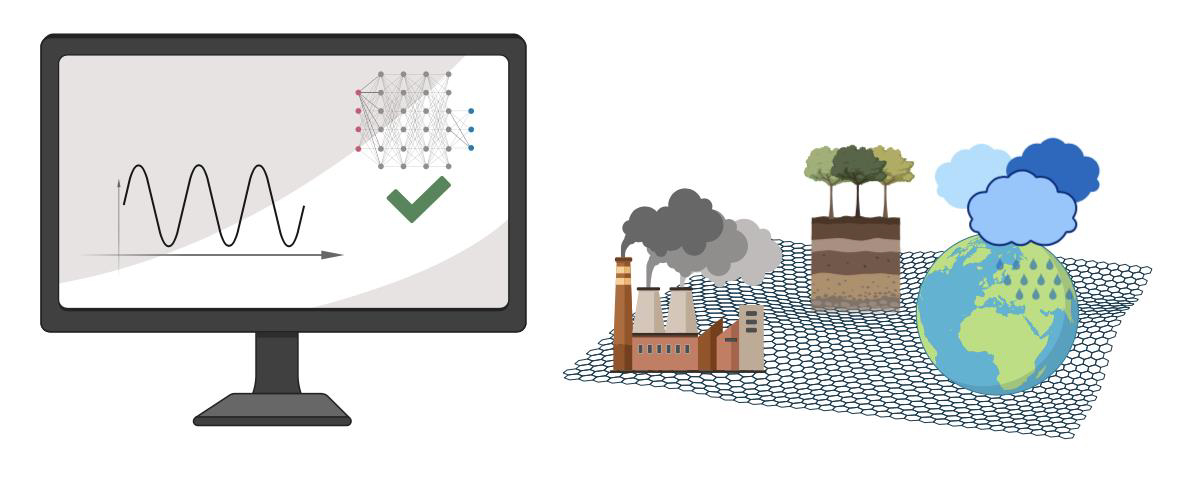The aim of this project is to take publicly available environmental datasets and then perform combined multivariate statistical, geospatial and chemical analysis to understand the whole picture of the datasets. This is also a desk study.

James Chapman, Khanh Vi Truong
Outline
Many researchers, agencies, and policy makers require the use of environmental monitoring to understand a given environmental area (water, land or air).1,2 Environmental data include all the factors that affect precision and accuracy, where, inherent field variations such as spatial and temporal variabilities exist in the samples collected and exhibit these variations in the data collected. Typically, a number of replicates from the environmental samples are obtained, where classical statistics are usually applied to understand the samples in hand.
Rationale
In this project, you will be using your knowledge learned in environmental science over the duration of your degree, but also using an advanced statistical multivariate packages to generate statistics to compare to the public environmental data.3 You will be applying the power of chemometrics to understand the environment.
References
(1) Sparling, G.; Schipper, L.; Bettjeman, W.; Hill, R. Soil quality monitoring in New Zealand: practical lessons from a 6-year trial. Agriculture, Ecosystems & Environment 2004, 104 (3), 523.
(2) Briciu-Burghina, C.; Sullivan, T.; Chapman, J.; Regan, F. Continuous high-frequency monitoring of estuarine water quality as a decision support tool: a Dublin Port case study. Environmental monitoring and assessment 2014, 186 (9), 5561.
(3) Finley, A. O.; Sang, H.; Banerjee, S.; Gelfand, A. E. Improving the performance of predictive process modeling for large datasets. Computational statistics & data analysis 2009, 53 (8), 2873.


